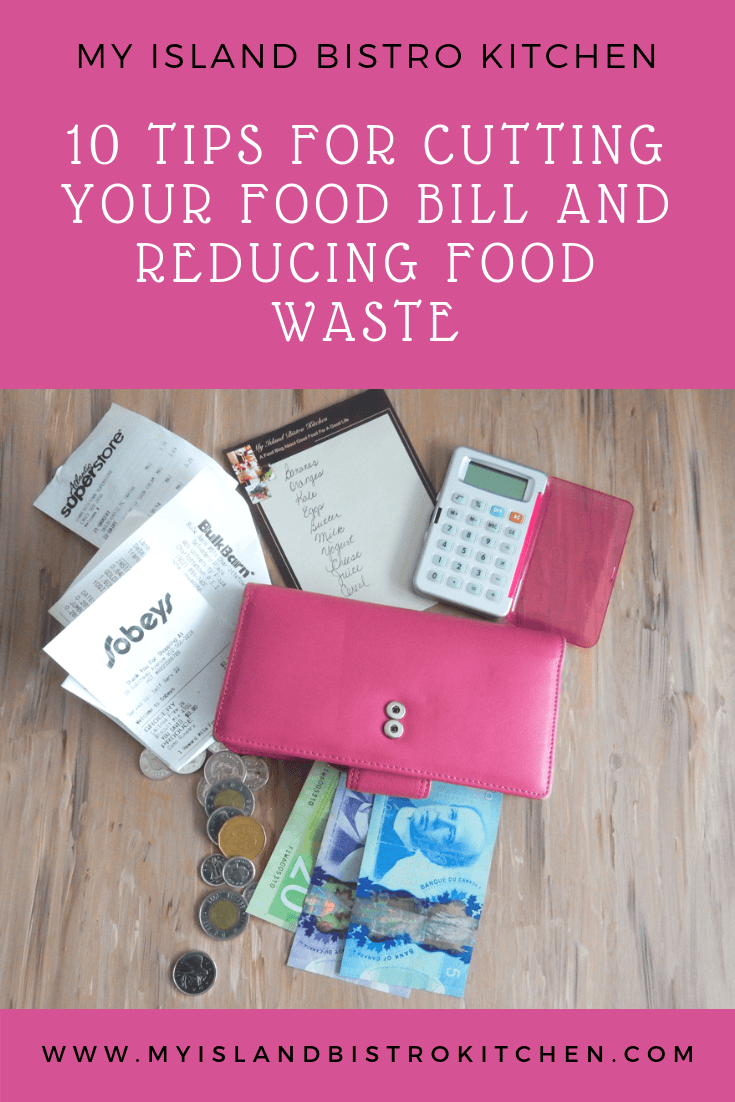With continuously rising food prices, many people find it necessary to cut corners on their grocery bill and that can be a challenge. There are several ways in which I keep my food bill in check and reduce food waste. Here are my 10 top tips:
-
Cut Back on Eating Out
It’s easy to fall into the “convenience food” trap. The old “I just don’t have time to prepare homemade food” trap comes with a hefty price – both in terms of money spent on food and in nutritional value.
It’s very easy to pick up a muffin and a coffee on the way to work, for example. However, for the price (or very little more) of those two items on one day alone, an entire batch of a dozen muffins could be made and frozen, ready for the weekday lunch bag(s).

For a visual of how much that daily coffeeshop tea or coffee is costing, multiple it by 365 days – if a coffee/tea costs, for example, $3.00, a significant sum of $1095.00 a year will be spent on just one take-out coffee or tea a day (and I know some folks buy more than one a day). If you were to make your own tea or coffee, how much would it cost? How much are you shelling out for the convenience of picking up the beverage at a coffeeshop? Add to that a bakeshop or coffeeshop muffin that generally runs about the same price as the coffee and, again, basic multiplication will reveal another $1095.00 for just the daily muffins for a year. I can make a LOT of batches of muffins for $1095.00 a year! Together, those two simple items can run you about $2200.00 a year!
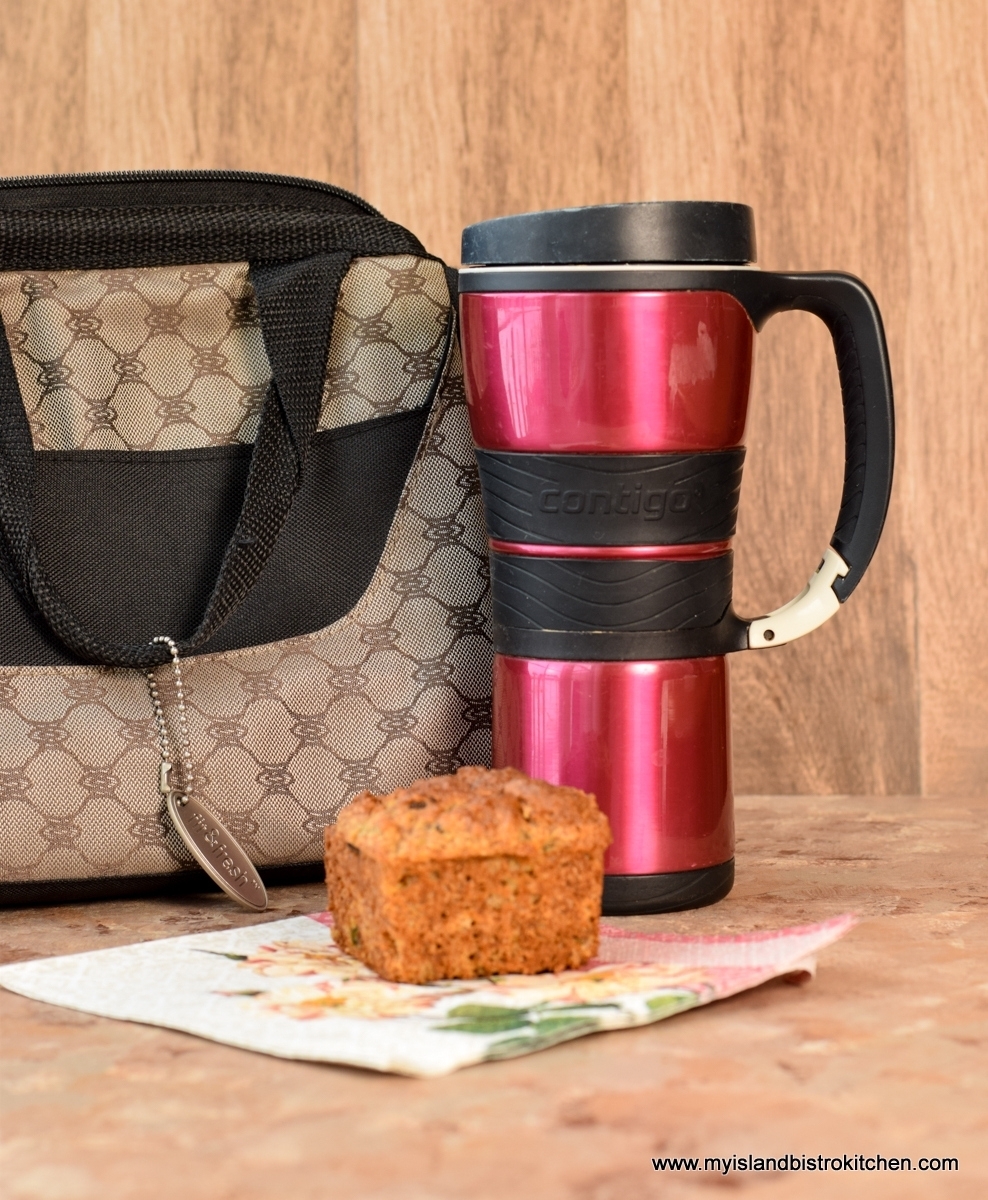
Spending $7.00+ for a bowl of soup or a salad at lunchtime adds up over a week, a month, and a year. For $7.00, a big batch of healthy basic homemade soup, for example, can be made and frozen in portion-sized containers, making the lunchtime meal more healthy and economical.

I do not eat out a lot. I’m not against it but it is expensive and dining out frequently makes it less of a special treat. For anyone on a restrictive diet, finding a restaurant that can accommodate the diet can be a real challenge. When I do eat out, it’s usually because I am traveling or, if at home, I am choosing to go to a nice restaurant as a special treat. If you normally eat out several times a week, consider cutting it back to, perhaps, only once a week and see the difference it will make in how much you spend on food. I never “order in” food and very rarely eat from a deli. Stopping at a supermarket deli on the way home from work is a temptation to scoot around the store and “pick up just a few items” while you are there. Suddenly, the supper stop just cost $60 instead of $15.
If you can afford these conveniences, great. However, if you need to cut your food expenditures, this might be a good place to start making adjustments. Making your own food/beverages is both cost-effective and healthier.
-
Make a Budget
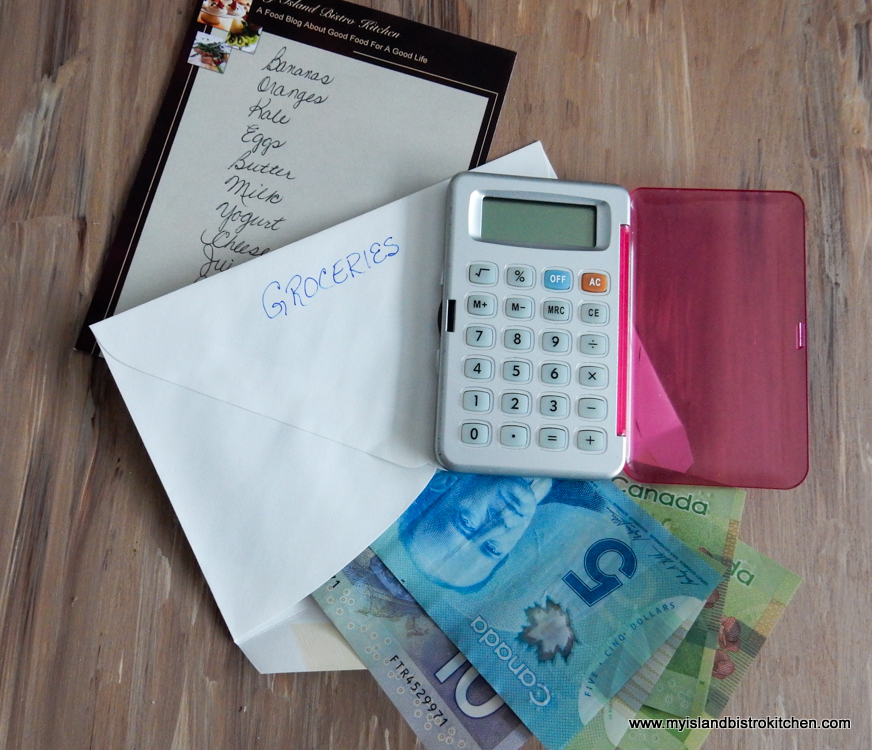
Make a realistic budget for food, based on what you really need. Set aside that money from your income and stick to the budget. If you only allot so much for groceries, it will force you to shop for good bargains and to only buy what you need, not what you see and are enticed by, that if truth be told, you probably really don’t need. I sometimes see shoppers using calculators as they grocery shop. This is a great idea! If you only have so much money to spend, you’ll immediately see where you are with your budget as you select items from the grocery shelves and deduct their cost from your budget. If you start to see you’re over budget, take a look through the grocery cart to see if there are any non-essentials that could perhaps return to the grocery shelf.

Keep track of what you buy and are spending on groceries. A bit tedious but, if you need to figure out where your food dollars are going, keep a record for a few months recording what you buy. Review it to see if there are non-essential items creeping into the grocery cart that could perhaps be eliminated from future grocery orders. If you are, for example, buying big name brand products to be used as ingredients for a casserole, could the dish be made with less pricey items such as store-brand ingredients? Do you really need the frozen entrée dinners or could you prepare healthy homemade meals? Do you need to pay for cheese already grated or could you buy a block of cheese on sale and grate it yourself? Do you really need to buy a bottle of salad dressing or could you make a simple healthy vinaigrette from ingredients already in your pantry? Once you get a clear picture of exactly what you are buying, you will likely identify items that can be eliminated or exchanged for more economically-priced substitutes.
-
Engage in Meal Planning

I’ve written about the merits of meal planning before. Make a list of the foods/meals your family likes to eat. Plan for leftovers. For example, if you are cooking a turkey dinner on the weekend, know ahead of time what you will use the leftover meat for so that you can extend its use.

Transforming the meat into other dishes will generate more servings than simply plating the leftover meat. For example, you might make a turkey chowder that will yield several servings. You might substitute the turkey for chicken in creamed chicken and get a significant number of servings. Perhaps you’ll make a chicken chow mein casserole that will give several dinner servings.
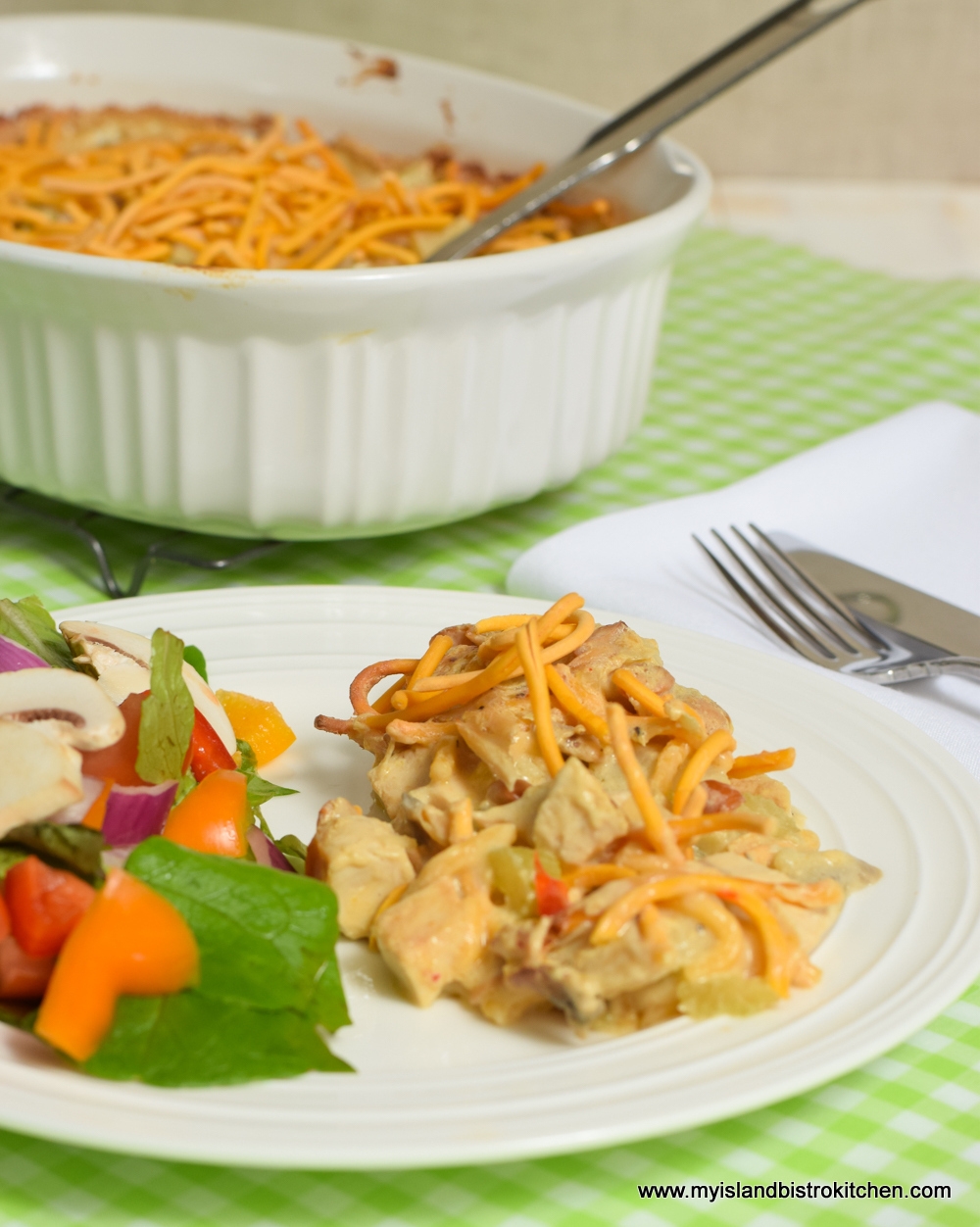
Save the turkey carcass and make stock that can be used as the base in soups and other dishes. Extend that turkey to get as much use out of it as you can.
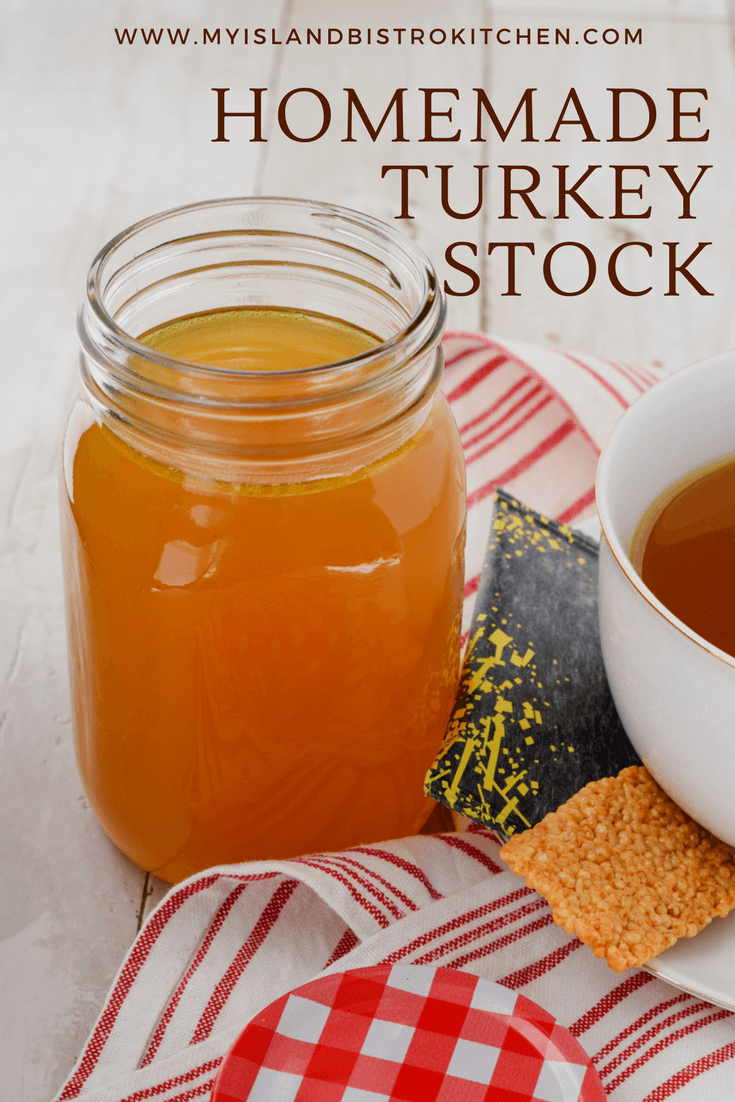
The homemade turkey stock makes a wonderful base for turkey vegetable soup in which some of the leftover turkey meat can be used.

If you are having a boiled ham dinner, save the broth and use some of the meat to make a tasty ham and lentil soup that will yield many servings.
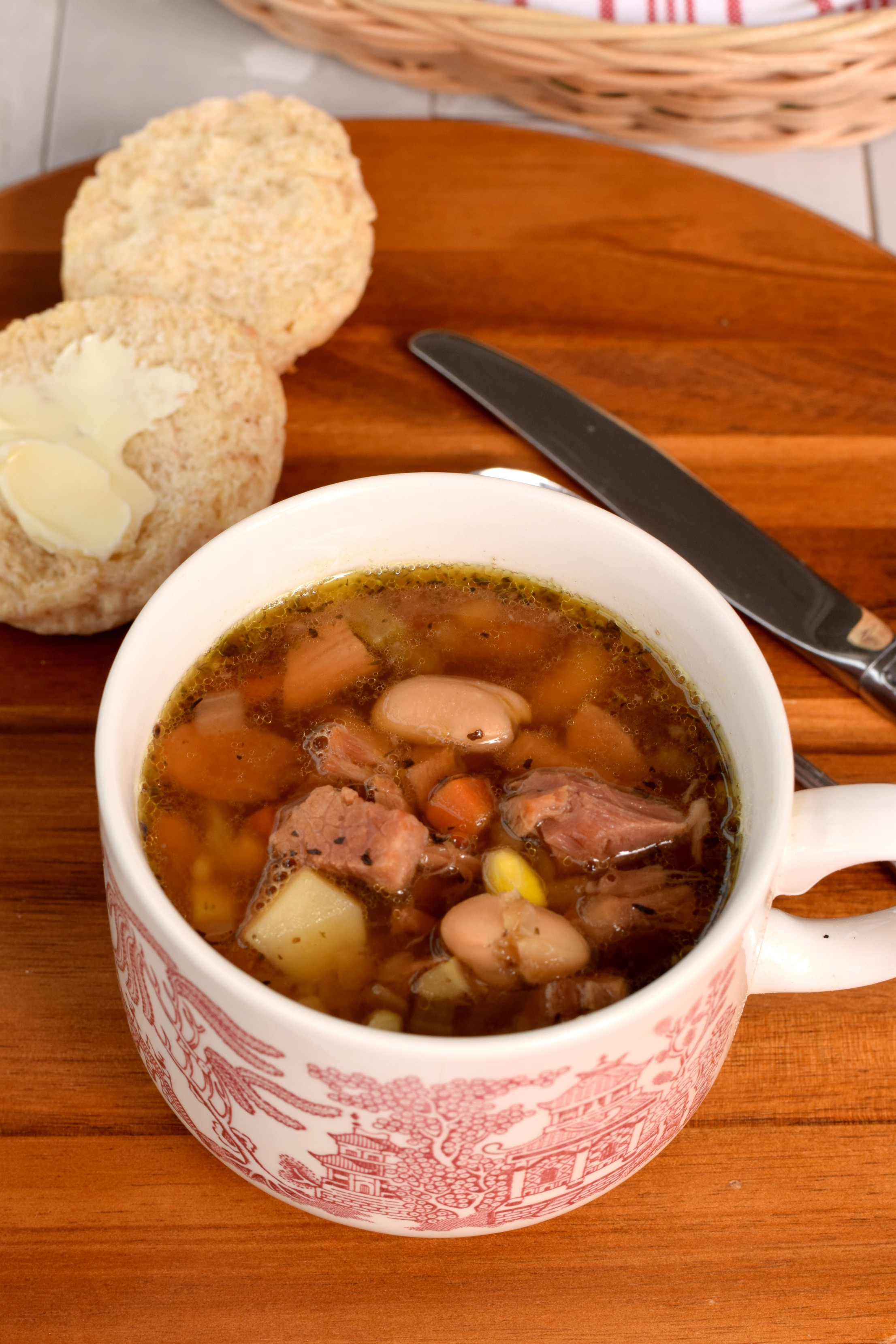
Or, make a ham-based casserole that will generate several servings. All of these items can be frozen in whatever serving sizes you need for your family to have on hand for weeknight dinners.

By careful planning, you’ll be amazed at how many more meals you can generate from the leftovers of just one food item.
Try to make recipes that will give at least two nights’ meals. For example, if you are making scalloped potatoes to go with leftover ham, double the recipe so you will have the side dish prepped for another meal. Many dishes, like scalloped potatoes actually, in my opinion, improve their flavour over a day or two.
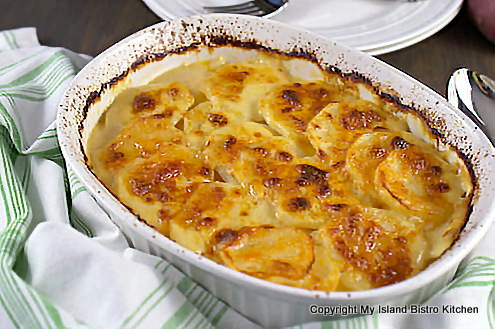
The same principle of extending food usage holds true with foods like chicken breasts, for example. To serve individual chicken breasts, it’s expensive. However, if they are bought at a good price, they are golden for meal extension. One 7 – 8oz boneless chicken breast will yield two to three sandwiches much more economically than buying sliced processed chicken at the deli.

An 8 oz chicken breast will generally yield about 1 cup, or slightly more, of diced chicken which can be used in casseroles or creamed chicken that will yield far more servings than simply putting a single full chicken breast on a plate with vegetables for just one serving at one meal.

When I know I need to prepare some make-ahead meals that will require a lot of chicken or turkey (I use them interchangeably in recipes), I have my recipes planned and I watch for turkeys on sale. I don’t go into a store and, unexpectedly, see turkeys on sale and pick them up to put in the freezer unless I know I am going to use them relatively soon. They are big to store and take up a lot of my valuable freezer space.
I always have a plan for recipes I can make if I can get a good deal on the main ingredient like meat, for example. If I’m shopping and I know I want to make, say, Irish Stew soon (or when I can get the beef on sale), I will check the meat section to see if they have any best-before today/tomorrow sales. Sometimes, good cuts of meat will be reduced by 25% or even 50% if it has same day, or next day, best-before date. There is nothing wrong with the meat and, if you can use it or make it into a recipe on the same day as purchase, it’s a great saving. I keep a list of ingredients of my most common make-ahead recipes on my phone so, if I can get a good deal on the meat, for example, I know what other ingredients I need to pick up at the same time to make the dish.

If you plan your meals out, you’ll be less likely to head to the deli, take-out, or restaurant for meals. Careful meal planning is a great way to stretch food ingredients out into more servings and save money.
-
Shop with a Grocery List and Only Buy What’s on the List

Make the grocery list before you leave home. If you don’t have a list, the tendency will be to wander the supermarket aisles aimlessly, hoping the sight of items will trigger what you should pick up. When you get to the supermarket, DO NOT go up and down every aisle! I repeat, DO NOT go up and down every single aisle. Only visit the aisles that have items on your list. Otherwise, the “browsing” will likely result in buying interesting looking items you may, or may not, use (and may not actually need) and that’s going to increase your grocery bill. In fact, because I know the layout of the supermarkets well (most have the same basic layout), I actually make my grocery list in accordance with the store layout so I have a game plan when I hit the supermarket arena and I am not “backing and forthing” all over the store to pick up my groceries. So, my grocery list starts with any needed fruits and vegetables since that’s the zone into which I enter the supermarket, then meats, and so on, as I traverse the store. The faster I can move through a zone without revisiting it (or lingering), the less likely I am to notice something that causes me to stop and explore it and potentially buy it.
Don’t stockpile food items, even if they’re on sale – you are tying up money into items that will expire and throwing them out is a waste of money. Plus, they are taking up real estate space in the pantry and/or freezer and are likely to eventually become food waste. Most grocery items go on sale cyclically anyway so it’s not a “once in a lifetime must buy now deal”. I don’t keep a supply of canned goods on hand at all. Rather, I choose a recipe, make my ingredient list, and go shop for the specific ingredients at the time. This ensures my products are fresh and I have not tied up money in products I may, or may not, ever use. This method allows me to control my food budget better.
If you only need a few items, don’t take a shopping cart. Instead, use a small hand-carried grocery basket or, better still, if you can carry all the items in your hands, you will be less likely to pick up additional products because your arms can only hold so much. I keep a grocery basket shown in the photo below) in my car. I use this basket frequently because it will only hold so much so it helps to control my shopping. It also doubles as my carry-out container and is easier to unpack when I arrive home.

If all you need is milk, for example, pay a few cents extra and buy it at the convenience store or gas bar because it will save you money in the long run. How so? If you travel all the way to the back of a large supermarket where the milk is usually located, you will be more likely to come out with a $60+ grocery bill than the $3.00 litre of milk you were shopping for because you will be enticed by other items along the way for which you did not go to the supermarket. If you do go to the supermarket for just an item like milk (and some of us do because the supermarkets are typically the stores that carry certain types of milk for special diets), take the route through an aisle in which you have no interest in the products. For example if you don’t have pets, pet food won’t be of interest so zoom down that aisle (as opposed to, say, the chips and snack aisle). That way, you’re not tempted to pick up excess items not on your list. There’s a reason why grocery store designers place basic food necessities, like milk, at the very far back end of the store – they know shoppers have to pass by many, many items to get there and those other items are strategically placed to catch the shopper’s attention. Many shoppers will pick up items as they head to that single litre of milk they actually came into the store to buy. So, once again, the risk is that the stop for a $3.00 litre of milk may turn into a $60+ grocery bill (willpower, willpower, wherefore art thou when in a supermarket!)
-
Shop Around and Check out Sales Flyers/Price Compare Websites or Apps
If you are trying to save on your grocery bill, you will probably have to shop at more than one supermarket to get the best deals. In most cities, supermarket chains tend to set up business in very close proximity to their competitors. For example, in Charlottetown, we have three large supermarket chains located within about a half kilometer (or less) of each other so it makes it easy to shop around. Now, if you had to drive 10-20 kilometers between them, the savings on the item(s) would have to be very significant to justify the gas and travel time. But, if the grocery stores are close, savings can be found for the shrewd shopper who takes the time to find them.
Check out the weekly sales flyers to see which supermarket has the items on sale that you need (operative word here always being “need”). Or, check out price compare websites or apps to see which grocery store chain has the best price on products you need. Not all chains will price match but some will. It never hurts to ask.

There is one grocery store in my hometown which I would class as less glitzy and more basic than the others. I shop for what I can get there because it’s a smaller store which makes it easier to stick to my grocery list as there are fewer items drawing me to buy them. Another store has great regular prices on certain items so, when I need those specific products, I head first to that store and buy what I can there. For example, there is a particular brand of yogurt I like. The regular price for this item at one supermarket has, for a long time, consistently been (at time of writing) $2.97 for 500g. The exact same brand item of the same size retails at the competitors for $4.97. A 2.63 litre of a major brand orange juice sells for $3.97 (regular price) at one store while the competitors retail it for, on average, $7.49 – a $3.52 difference. On just these two items alone, I can save $5.52 by carefully shopping around. A third supermarket has its own name brand products that I really like and which are priced cheaper than big name brand counterparts. That’s the store I head to for those products because I don’t particularly like either of the competitors’ own store brand products.
I am not a huge user of coupons because I find they are most often for items I don’t need. However, they are a good way to save money if they are for items you do actually need. That said, as a word of caution, don’t use the coupons to buy items simply to try the products. If the items are not ones you need, then putting any money at all on to the items is adding unnecessary strain to the food budget.
While I am not against big box warehouse shopping venues, they can require a lot of willpower on the customer’s part to pass by items that aren’t on the grocery list but certainly look interesting and appear to be a good price. BUT….are they really a great price if you look at the per unit or per weight price and factor in all the considerations around them? Items typically come in very large quantities at these stores (there’s a reason why they have those jumbo-sized grocery carts that can hardly be pushed or navigated through the store). So, unless you have a very large family and lots of refrigeration and pantry space, many of the items are just simply too large for many households to store and use up before the items expire. Therefore, the questions to ask are: Do you, first of all, really need the items? Will you be able to use them all up before they expire? If you are a household of one or two people, would you really use a 10lb bag of quinoa or rice? If you end up throwing out a good portion of the food items, that constitutes food waste and a drain on the food budget and you really haven’t saved any money.
We don’t have big box grocery warehouse stores in PEI at the time of writing but a lot of Islanders frequent them off Island. I did have a membership (which also costs an annual fee) at a big box store with locations in New Brunswick and Nova Scotia for a couple of years but discontinued it when I found I wasn’t using it enough to justify the membership fee. Living in PEI, I had to factor into the cost of the grocery items, the Confederation Bridge toll (nearly $50. at time of writing), gas, and the time to travel to the big box warehouse stores. But, the biggest reason why I wasn’t shopping at them? Everything was available only in way-too-large quantities and most of the products, well, I just simply did not need or I could get what I needed more economically when the standard local supermarkets put on good sales.
One previous frequent grocery warehouse shopper told me his family recently discontinued their membership as well because every time they were at one of these stores (2-3 times a month, on average), they were spending at least $500 per trip on items they really did not need (but looked enticing) and they ended up throwing out a good portion of them after their expiry date had passed because they could not use up such large quantities. These shopping excursions were in addition to their regular grocery shopping at home, putting a huge unsustainable strain on their food budget.
To stay on a food budget, shop around and buy only what you need and can reasonably use up before the items expire.
-
Follow Credible Well-Tested Recipes
While it’s fun to try new recipes, if you are on a strict food budget, you’ll want to ensure you choose recipes that, first of all, have ingredients you know your family will like and, second, come from a trusted source. This is because you want a recipe that has good, clear directions and that will turn out for you. The last thing you want is to have to walk the dreaded walk to the compost bin with a failed recipe and still have nothing prepped for dinner. That’s when you tend to order in or head out to a restaurant for the meal, really taxing the food budget.
Don’t choose complicated recipes with expensive ingredients, especially if you are a novice cook – it will be easy to become discouraged with home cooking if your efforts don’t meet with a satisfying tasty dish. Start basic and move toward more elaborate recipes as your cooking experience grows. There is no shortage of cookbooks and cooking magazines on the market and literally anyone can post any recipe on the internet. However, there is no guarantee that any of the recipes from these sources have actually been tested for success. Ask your friends and family for recommendations on the recipe sources they use with success and, of course, you can always check out recipes here on My Island Bistro Kitchen’s website since those recipes have been well tested several times before being published!
For those on a budget, look for recipes that call for economical ingredients and that you can get more than one meal from the recipe. While pricey food items like lobster, scallops, and steak are wonderfully tasty, they can make a serious dent in the food budget. To keep the budget in check, I recommend saving those types of items for a special treat or occasion and selecting other, more economically-priced, ingredients for everyday meals.
There are ways to turn everyday basic ingredients into very tasty, wholesome meals using seasonings, sauces, and so forth. A lot of the contents in my freezers are not “gourmet” by any stretch of the definition but they are mighty tasty meals and not difficult to prepare. These include the basics like baked beans, chili, macaroni and cheese, creamed chicken, chicken and ham casseroles, soups, and so forth.
-
Buy a Big Freezer
In my opinion, one of the best investments one can make is in a big upright freezer. This allows for batch cooking make-ahead meal preparation to be done when food ingredients are in season or on sale. I freeze lots of varieties of soups, main entrées, side dishes, and desserts. This allows me to eat well, at home, and quite economically. Plus, I know what I’m eating and the foods are not full of preservatives or ingredients I can’t pronounce.

Properly package items for freezing and label and date everything. While the money has to initially be laid out for ingredients to batch cook and the prep work still has to be done, it does cut down on the grocery bill on an ongoing basis and lessens the task of meal prep on weeknights. Plus, it discourages the old fallback of stopping at the supermarket deli for dinner on the way home from work because you will know you have quality homecooked meals already prepared.
-
Batch Cook and Prepare Make-ahead Meals for the Freezer
I believe that, no matter how busy we are, we make time for whatever is a priority for us. So, if healthy, affordable eating for you and your family is important to you, you’ll put some time into healthy, economical meal preparation.
Set aside a few days and prepare several make-ahead meals for the freezer – soups for lunches, muffins for breaks, entrées for main meals, and desserts for when the sweet tooth calls.

Once I have my freezers (yes, freezers plural) filled with make-ahead meals, my ongoing grocery list just usually consists of dairy, fresh fruits and vegetables, fish, and the like. If you don’t know how to cook, or you need the motivation from others to get you going, gather together some friends to have a batch cooking session at the end of which everyone goes home with some make-ahead meals. Or, take a short cooking class. Many larger supermarkets, for example, will frequently offer evening or Saturday cooking classes. You might also check out some community colleges or local cooking schools to see what short-term cooking classes they might offer.
If you want to tackle a new recipe you are not familiar with, engage an experienced cooking mentor to help walk you through the process. Most experienced cooks will be more than willing to share their knowledge and experience in this field.
Batch cooking is my lifesaver – I don’t have to stop at the supermarket or takeout for dinner and I know what’s in my food that contains no preservatives or weird, hard-to-pronounce ingredients. Whether you are living alone, as a couple, or a family of several members, advance batch-cooking is a great meal preparation strategy. For singles or smaller households, it offers the benefit of having a variety of meals on hand from which to choose each day without having to individually prepare small-sized meals on a daily basis. For larger families, it provides healthy, home-cooked meals on busy weeknights when everyone is running in multiple directions to and from activities. If you have some others in the house, engage them in the meal preparation to lighten the load (it’s a great way to teach the younger generation how to prepare home-cooked meals, too).
-
Adjust Meal Planning According to the Seasons
Create a list of favorite recipes to make when fresh local produce (perhaps from your own garden) is available and at good prices. For example, I do a lot of soup making and freeze portion-sized containers of the soup for weekday lunches. Some of my favorite soups are tomato, cauliflower, and broccoli.

We had an abundance of tomatoes in the garden this year and making soup with them is a great way to use up the tomatoes and cut the cost of the soup significantly. I was able to find beautiful large heads of broccoli and cauliflower for .99 cents in the fall and, since they are the primary ingredients in two of my favorite soups, I was able to make double batches of cauliflower and broccoli soups for the freezer very economically – much more so than making cauliflower soup, for example, in the winter when a small head of imported cauliflower has run as high as $7.00 in recent years. The same holds true with fresh fruits. I make my Blueberry Peach Crisps, Apple Crisps, and applesauce when the fruit is fresh and at a good price. I then freeze these desserts for use throughout the year.

-
Shop Less Frequently
Just because it’s Saturday (or whatever day you typically do your main shopping) does not mean you automatically have to go grocery shopping if you really don’t need a grocery order. Make it a habit not to be stopping at the supermarket every day, or every other day, throughout the week. The more times you enter a grocery store, the harder it will be to stick to a food budget. You might try only doing focused grocery shopping every two weeks and, in the interim, stop to pick up the necessities like milk, at a convenience store or gas bar where there will be less items calling your attention and wallet.
Conclusion
It is a challenge, for sure, to eat well when food prices continue to rise rapidly. It does require some folks to become more creative in how to feed a family healthy meals on a budget. I believe it can be done but it does take work, dedication, commitment, organization, planning, and shopping around for the best deals possible on food items. For some folks, it may mean a lifestyle change by eating out less frequently and removing some non-essential items from the grocery cart. For others, it may mean learning how to cook economical and nutritious meals from scratch at home.
I hope you have found some of my tips helpful for controlling the grocery bill and reducing food waste. What are your strategies to stretch your food dollar?
Pin Me To Pinterest!
